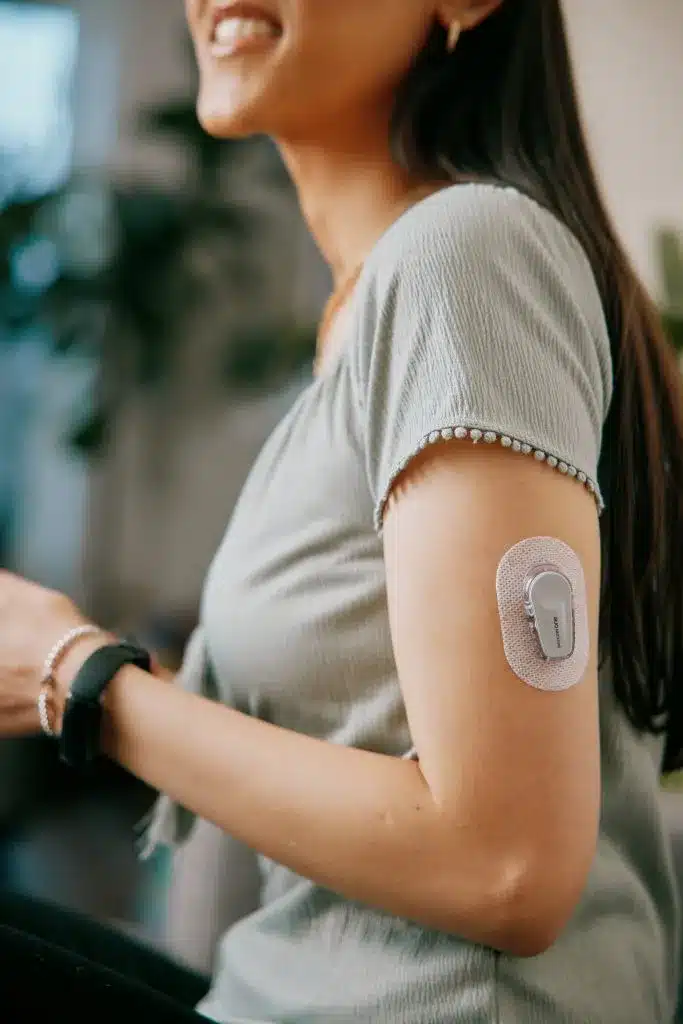The continuous glucose monitor (CGM) has emerged as a transformative tool in health and wellness, providing real-time data on blood glucose levels. Initially designed for diabetes management, these devices are now gaining traction among individuals seeking to optimize their health. If you’re considering whether to use a CGM, it’s essential to understand how this technology works and what benefits it offers.
Understanding Continuous Glucose Monitors
A continuous glucose monitor is a device that tracks blood glucose levels continuously throughout the day and night. It consists of a small sensor inserted under the skin, which measures glucose levels in the interstitial fluid, the fluid surrounding your cells. The sensor sends data to a receiver or smartphone app, allowing you to view your glucose levels in real time.
Benefits of Using a Continuous Glucose Monitor
Using a Glucometer offers several benefits, especially for individuals with diabetes. One of the primary advantages is the ability to see real-time fluctuations in blood glucose levels. Better diabetes management results from people making educated decisions about their food, exercise routine, and prescription drugs.
For those with diabetes, a Continuous Glucose Monitor can significantly improve glycemic control. The real-time data allows for immediate adjustments to insulin dosage and dietary intake, reducing the risk of both hyperglycemia (high blood sugar) and hypoglycemia (low blood sugar). Additionally, CGMs provide valuable insights into glucose trends, helping users understand how their lifestyle choices impact their blood sugar.
More Read About: How CGMs Revolutionize Diabetes Management and Wellness
Why Consider Using a CGM?
Beyond diabetes management, continuous glucose monitors are gaining popularity among non-diabetic individuals. If you’re interested in optimizing your health, a CGM can offer valuable insights into how different foods, activities, and stress levels affect your blood sugar. By tracking these factors, you can make more informed decisions about your diet and exercise routines, leading to improved overall health and well-being.
For those who are health-conscious or have specific wellness goals, a CGM can help identify patterns and make adjustments to maintain stable blood sugar levels. For example, you might discover that certain foods cause significant spikes in your blood sugar, prompting you to modify your diet for better energy levels and metabolic health.
Key Considerations Before Using a CGM
Before deciding to use a continuous glucose monitor, it’s important to consider a few factors. First, assess your health goals and whether a CGM aligns with them. If you have diabetes, a Continuous Glucose Monitor is a valuable tool for managing your condition. However, if you’re using it for wellness purposes, consider whether the insights gained will be beneficial for your specific needs.
Another factor to consider is the cost of CGMs. These devices can be expensive, and while many health insurance plans cover them for diabetes management, coverage may vary for non-diabetic use. It’s essential to evaluate whether the potential benefits justify the investment.
Additionally, consider the commitment required to use a CGM effectively. The device requires regular calibration and maintenance, and you need to be comfortable with monitoring your glucose levels and interpreting the data provided. Some individuals may find this level of involvement to be a significant commitment, so it’s important to assess your readiness for this responsibility.
The Future of Continuous Glucose Monitors
The technology behind Glucometer is continually evolving. Future advancements may include more user-friendly devices, improved accuracy, and greater integration with other health monitoring tools. As the technology progresses, CGMs are likely to become more accessible and affordable, broadening their appeal and potential applications.
The integration of CGMs with smartphone apps and other digital health tools is also expanding. These advancements can provide even more detailed insights into your health and allow for more personalized recommendations. As technology continues to advance, CGMs may become an even more integral part of health and wellness routines.
Conclusion
Deciding whether to use a Glucometer depends on your health goals and circumstances. For individuals with diabetes, a CGM is a valuable tool for managing blood glucose levels and improving overall health. For those interested in optimizing their wellness, a CGM can offer insights into how lifestyle factors impact blood sugar and help make informed decisions about diet and exercise.
If you’re considering using a CGM, weigh the benefits against the costs and commitment involved. Evaluate how the insights gained from the device align with your health goals and whether the investment is worthwhile. As technology continues to advance, the future of Glucometer looks promising, offering potential benefits for both diabetes management and overall wellness.


